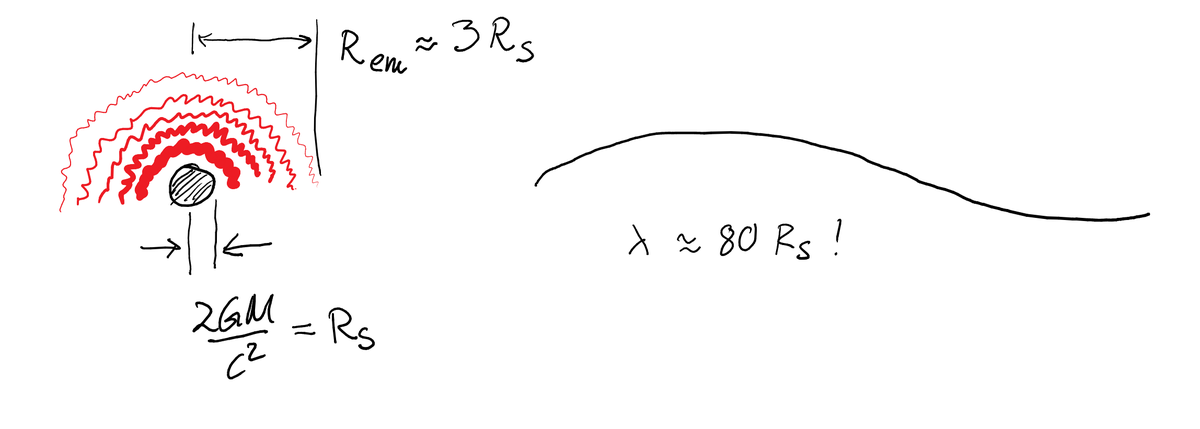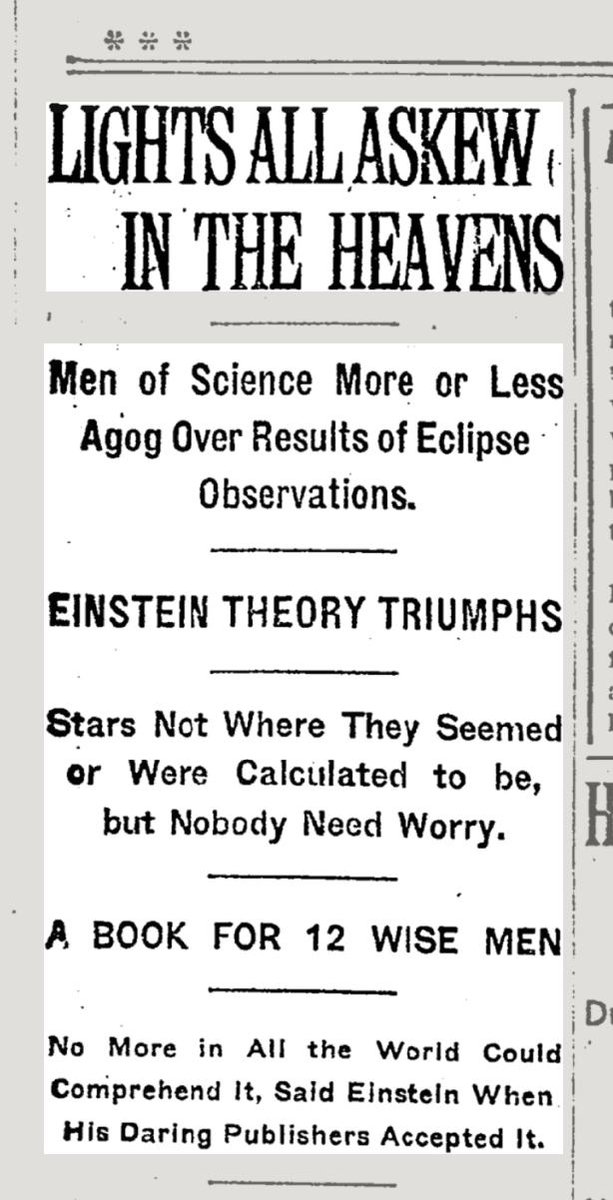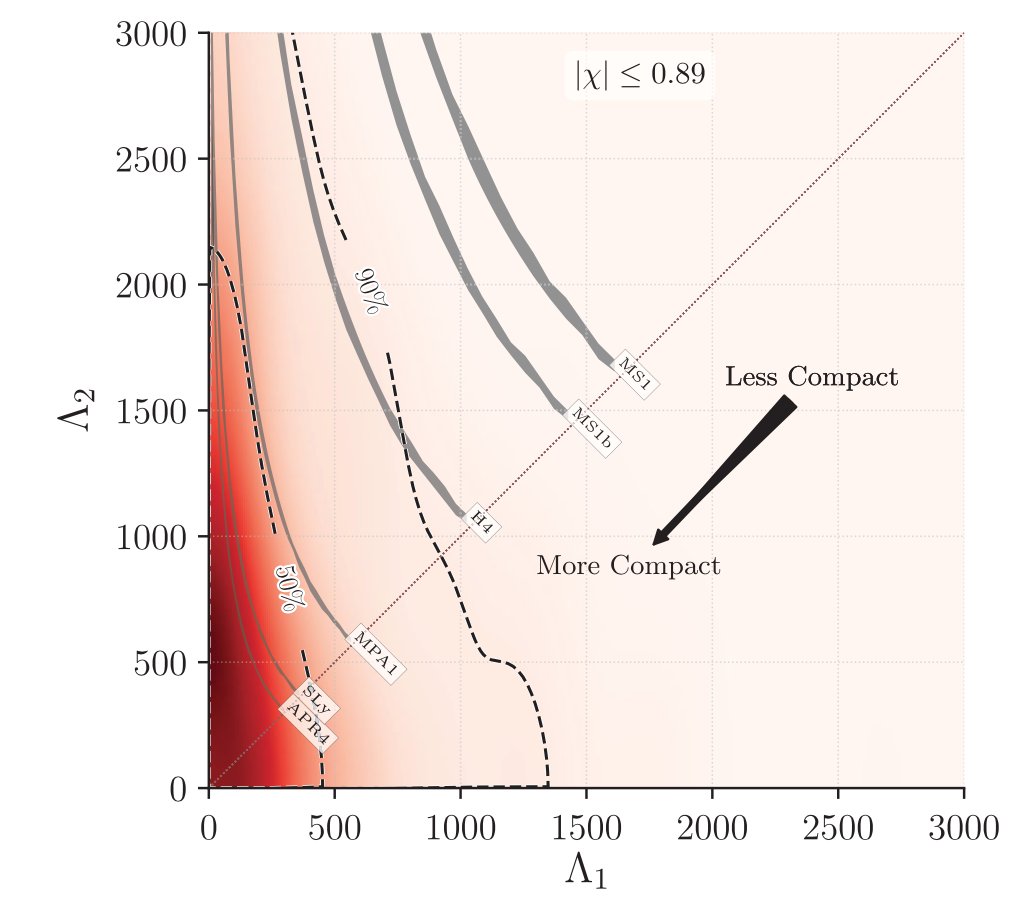
Physics Prof @ U of MS. Black holes, gravitational waves, general relativity & beyond. Formerly @Caltech @MIT @Cornell. Need thin pizza + fruity coffee. He/him
How to get URL link on X (Twitter) App


 @PhysRevLett It's clear that the authors are not gravity experts; and neither were any referees or editors in the process; gravity experts know that spin couples to curvature. Even classically, we have the MPD equations en.wikipedia.org/wiki/Mathisson…. But there is a quantum-mechanical version, too.
@PhysRevLett It's clear that the authors are not gravity experts; and neither were any referees or editors in the process; gravity experts know that spin couples to curvature. Even classically, we have the MPD equations en.wikipedia.org/wiki/Mathisson…. But there is a quantum-mechanical version, too.
https://twitter.com/UberFacts/status/1477240441615622145That coefficient is called the Hubble parameter (usually the Hubble constant, except it changes over cosmic history!). Today, the Hubble parameter is approximately 70 km/s/Mpc. What does this mean? Every second, a megaparsec gets longer by 70 kilometers.
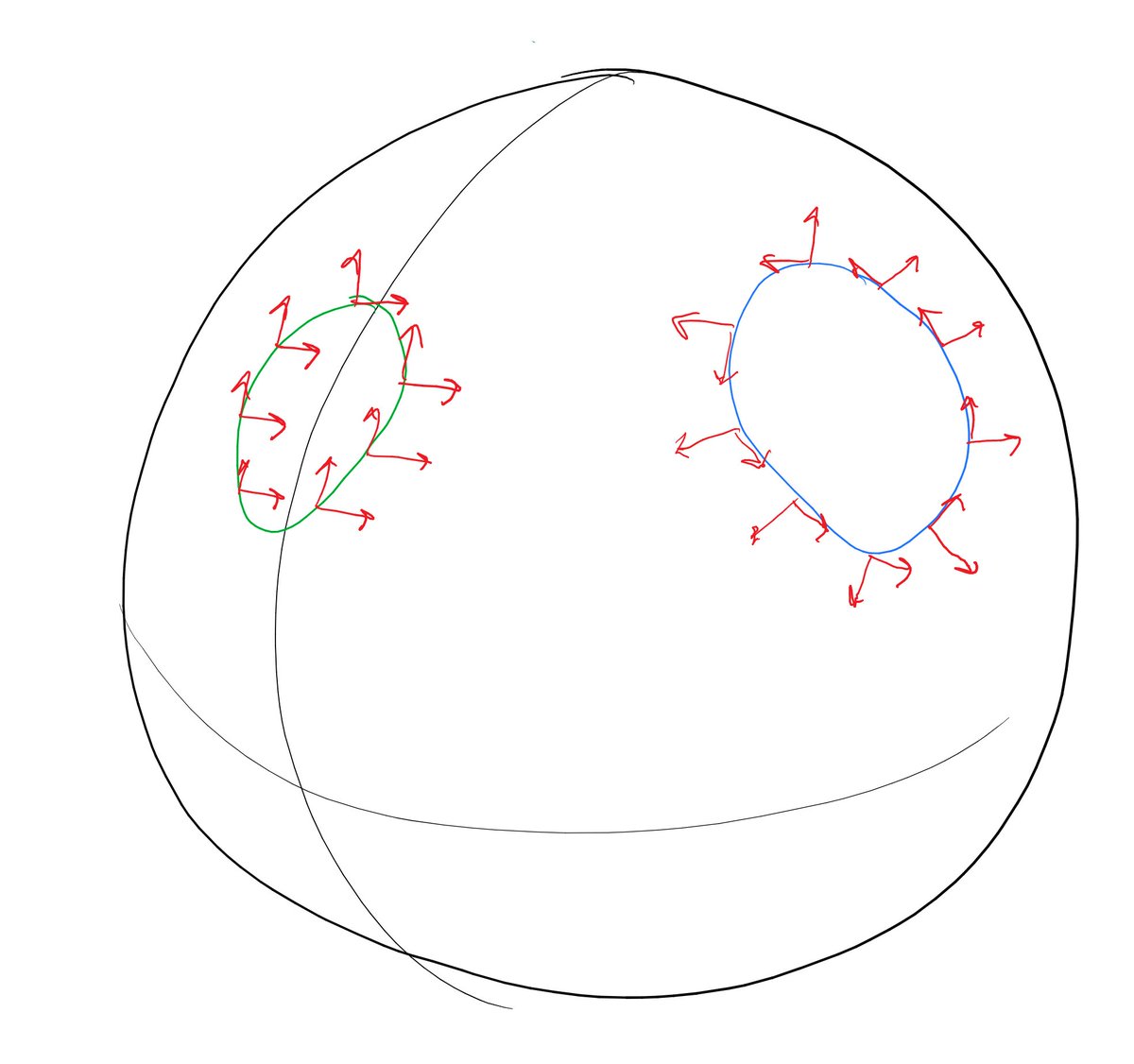
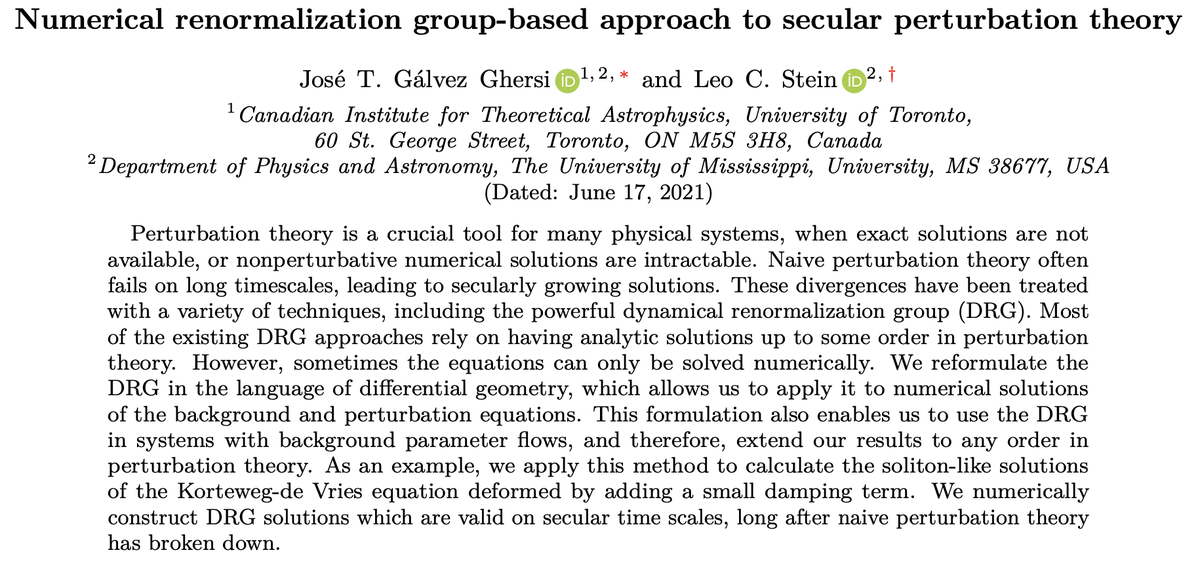

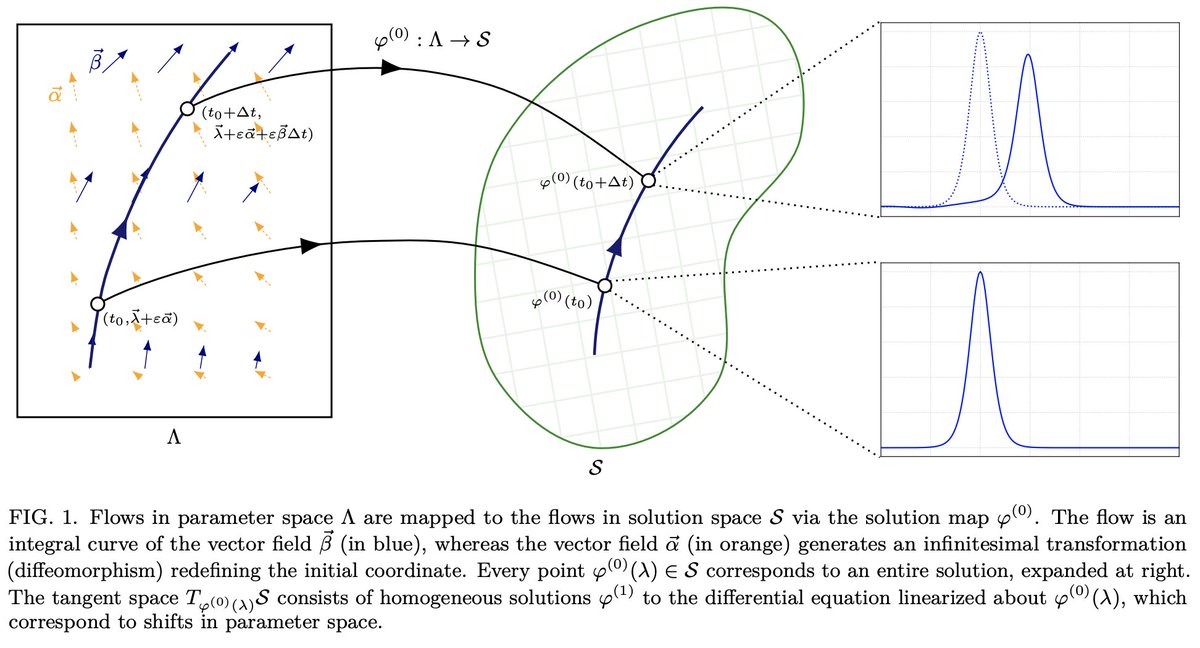
 The term "secular effects" in math/physics refers to something small that builds up slowly over a long time, eventually creating a big effect. The example closest to my heart is that gravitational waves are tiny, but GW emission makes a binary eventually inspiral and merge. 2/?
The term "secular effects" in math/physics refers to something small that builds up slowly over a long time, eventually creating a big effect. The example closest to my heart is that gravitational waves are tiny, but GW emission makes a binary eventually inspiral and merge. 2/?
